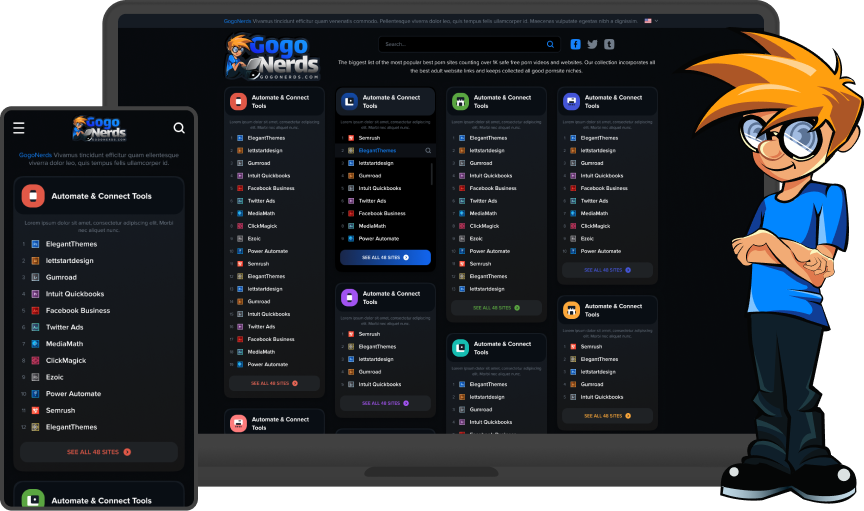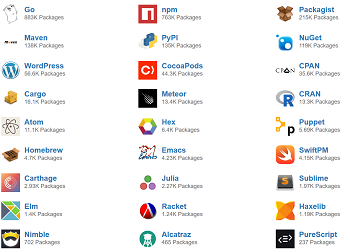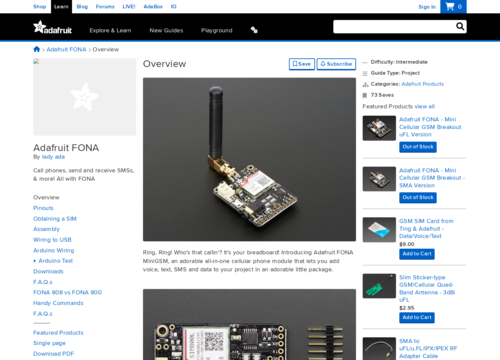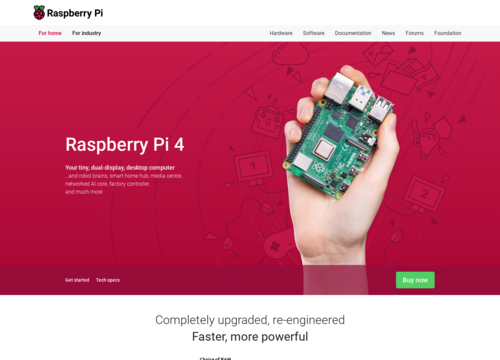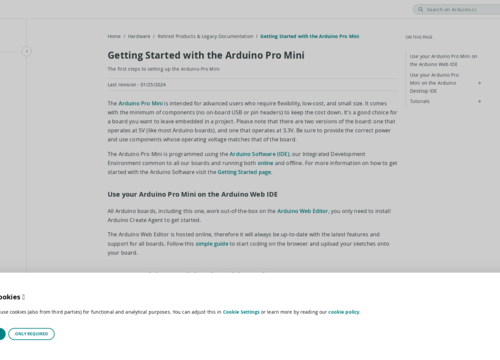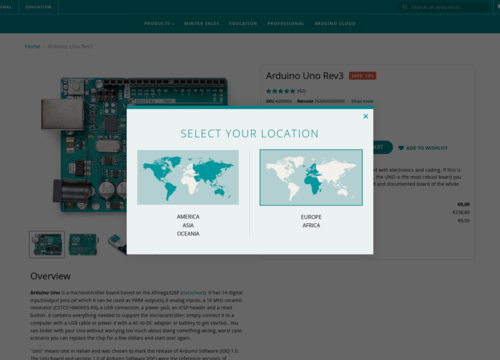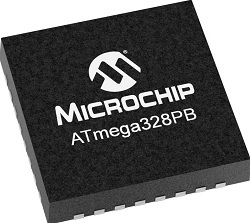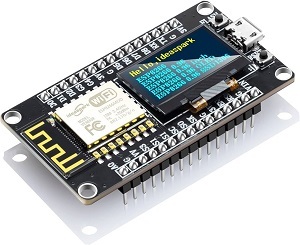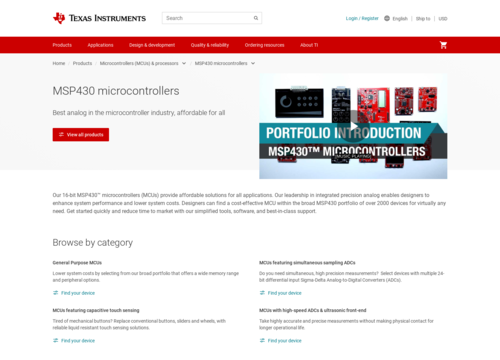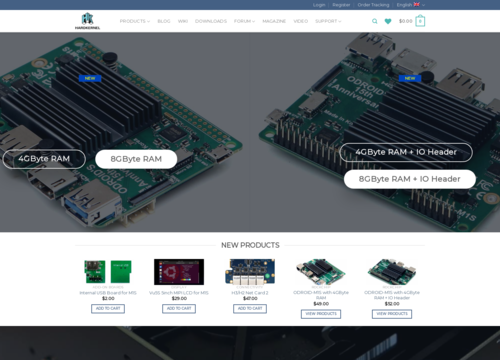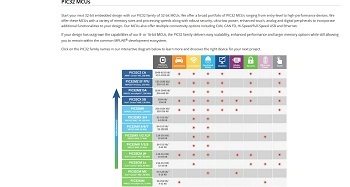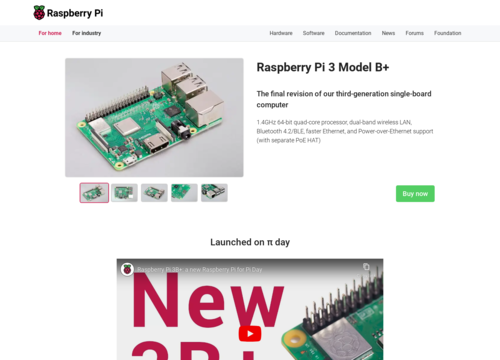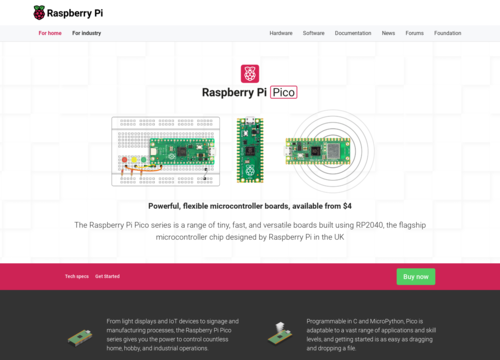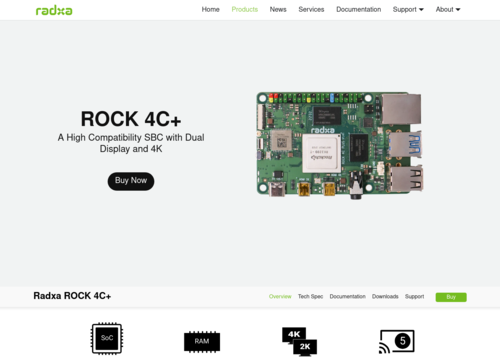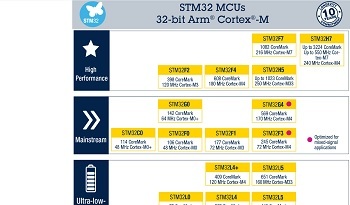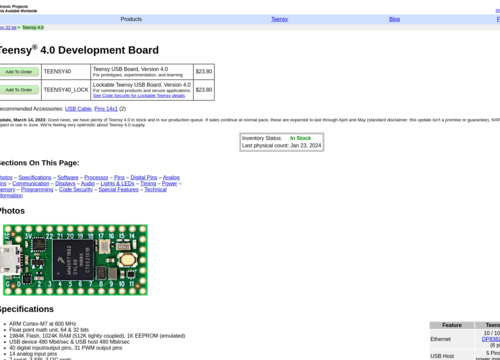NVIDIA Jetson Nano
https://developer.nvidia.com/embedded/jetson-nano-developer-kitNVIDIA Jetson Nano
The NVIDIA Jetson Nano is a small but powerful computer designed for artificial intelligence (AI) and edge computing. It is part of NVIDIA's Jetson family and is known for providing high computational performance in energy-efficient modules.
Hardware Specifications
CPU
The Jetson Nano is equipped with a Quad-core ARM Cortex-A57 CPU. This CPU offers a good balance between performance and power efficiency, making it suitable for AI tasks that require processing at the edge (i.e., processing done locally, not in a cloud).
GPU
The GPU features a 128-core Maxwell GPU. This is a key component of AI and machine learning tasks because NVIDIA's GPUs are highly efficient at parallel processing, which is essential for training and running neural networks.
RAM
The device consists of 4 GB of LPDDR4 RAM. This amount of memory is quite substantial for a device of its size and is useful for handling multiple processes at once.
Storage
Storage is typically via a microSD card, which you need to provide. This flexibility allows users to choose their storage capacity based on their needs.
Connectivity and Ports
The Jetson Nano includes a variety of ports, such as HDMI and DisplayPort for video output, USB 3.0 and 2.0 ports, a Gigabit Ethernet port, and a MIPI CSI-2 connector for camera input. This range of connectivity options allows for the integration of various peripherals and sensors, making this approach highly versatile for different AI projects.
Software and AI Capabilities
It runs on NVIDIA's JetPack SDK, which includes the CUDA-X suite of software libraries and tools. This SDK is a powerful asset for AI, machine learning, and computer vision applications.
The device supports various AI frameworks and platforms, such as TensorFlow, PyTorch, and Caffe, making it accessible for developers familiar with these tools.
Power efficiency and size
One of the most remarkable features of the Jetson Nano is its power efficiency. It operates in a 5 W to 10 W power envelope, which is incredibly low for the computing power it provides. This makes it ideal for deployment in scenarios where the power supply might be limited.
The small form factor of the Jetson Nano is another significant advantage. Its compact size makes it suitable for deployment in drones, robots, and other portable devices.
Use Cases
Jetson Nano is used in a variety of applications, such as robotics, drones, smart cameras, and IoT devices, where local AI processing is needed. Its ability to process AI tasks locally reduces the need to send data back and forth to the cloud, which can be beneficial for privacy and latency reasons.
Community and Support
NVIDIA has a strong community and provides good support for developers. There are numerous tutorials, forums, and resources available for anyone, from beginners to advanced users, to learn and troubleshoot.
Development and expansion capabilities
GPIO Pins
The Jetson Nano is equipped with a 40-pin GPIO header. This approach is particularly useful for hardware projects and robotics because it allows direct interfacing with sensors, motors, and other hardware components.
Expansion Modules
There are various expansion modules and third-party carrier boards available for the Jetson Nano. These expansions can add functionalities such as additional ports, improved connectivity options, or even specific interfaces for industrial applications.
Graphics and Display Support
The Jetson Nano supports high-resolution video processing and display output, which is a critical feature for applications in digital signage, media servers, and other visual content-driven domains.
Its GPU is capable of supporting frameworks and libraries for both 3D and 2D graphics, making it suitable for applications that require rendering or complex visual computations.
Energy efficiency and thermal design
The energy efficiency of the Jetson Nano does not just reduce power consumption; it also means less heat generation, which is vital for maintaining performance in enclosed or compact spaces.
The thermal design of the Jetson Nano typically includes a heat sink and, in some cases, a fan to ensure stable performance even under high computational loads.
Camera and Vision Processing
Jetson Nano's support for high-resolution camera inputs and powerful image processing capabilities make it an excellent choice for vision-based applications. These include advanced surveillance systems, autonomous vehicles, and facial recognition systems.
Educational and Research Use
Due to its affordability and powerful features, Jetson Nano is popular in educational and research settings. It is an accessible platform for students and researchers to work on AI, machine learning, and robotics projects.
Community and Ecosystem
NVIDIA has cultivated a vibrant ecosystem around the Jetson series. There is an active community of developers and hobbyists who share projects, tutorials, and support. This community-driven support is invaluable for problem solving and innovation.
Cost-effectiveness
One of the significant advantages of the Jetson Nano is its cost-effectiveness. It offers a high-performance-to-cost ratio, making advanced AI and computing accessible to a broader range of users and developers.
Applications in AI and ML Prototyping
For AI and ML developers, the Jetson Nano serves as an excellent platform for prototyping. Its compatibility with major AI frameworks and its computational power allow for the rapid development and testing of AI models.
The NVIDIA Jetson Nano is a compact, power-efficient, and powerful AI computing device suitable for a wide range of applications. Its combination of CPU, GPU, and memory, along with comprehensive software support from NVIDIA, makes it a popular choice for AI enthusiasts and professionals working on edge computing projects.

